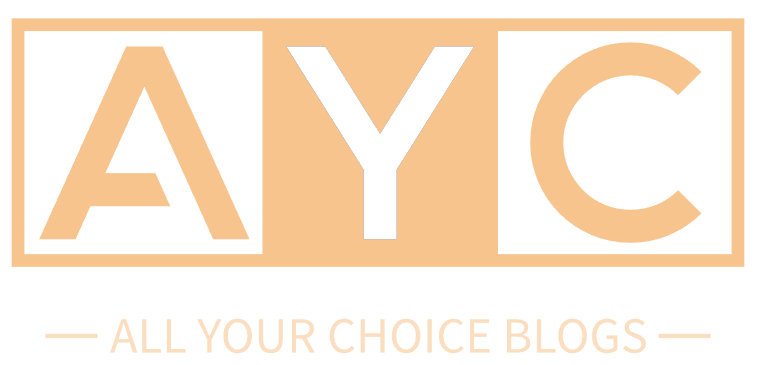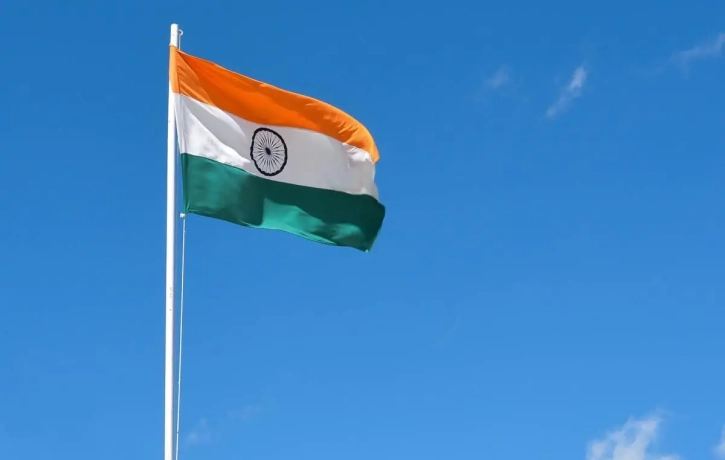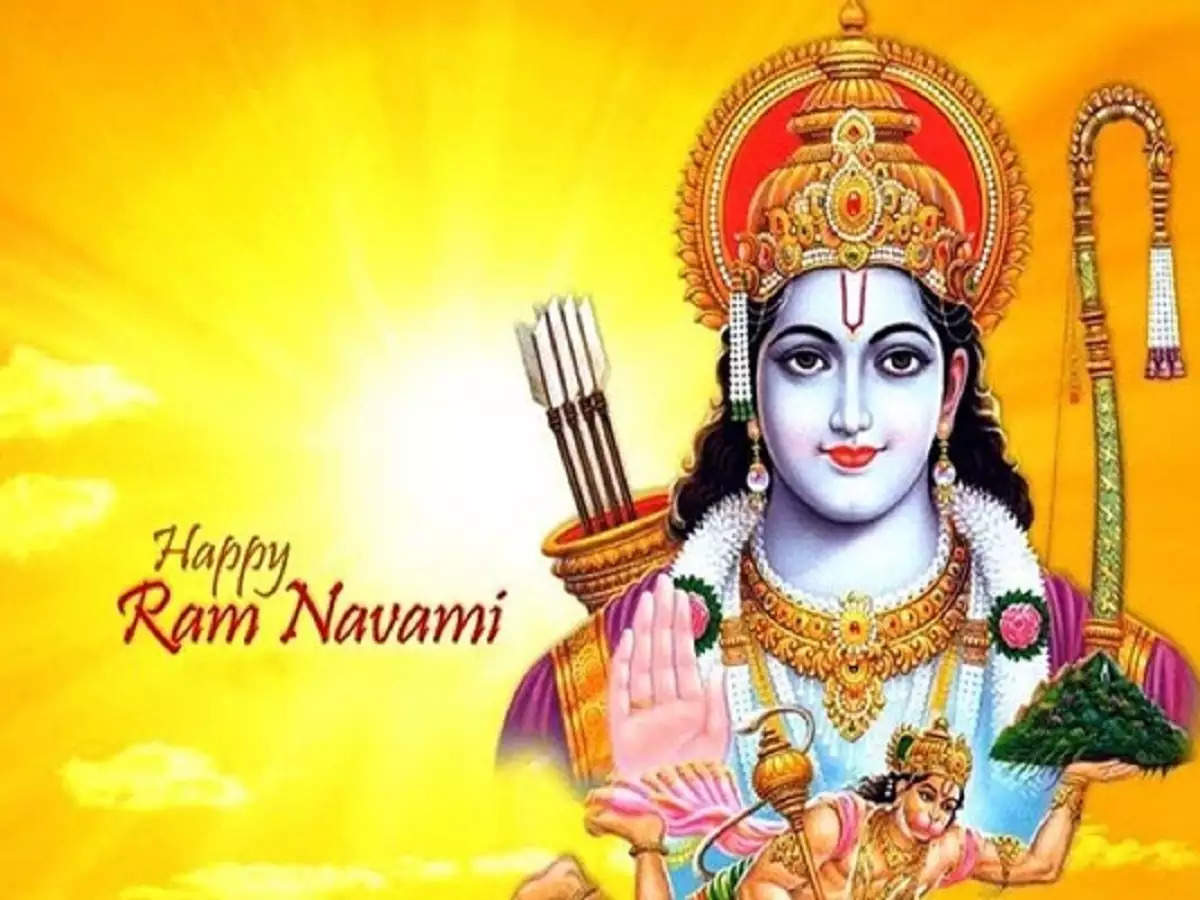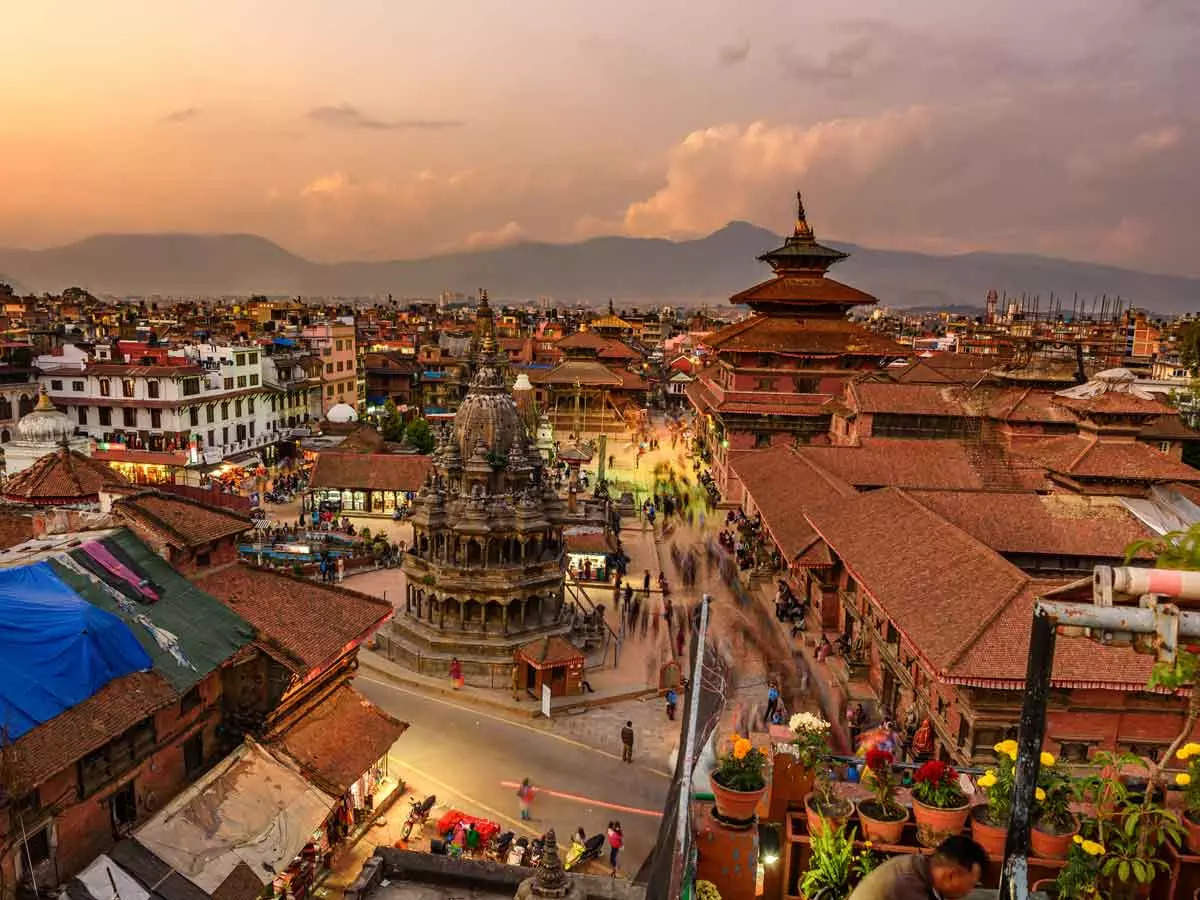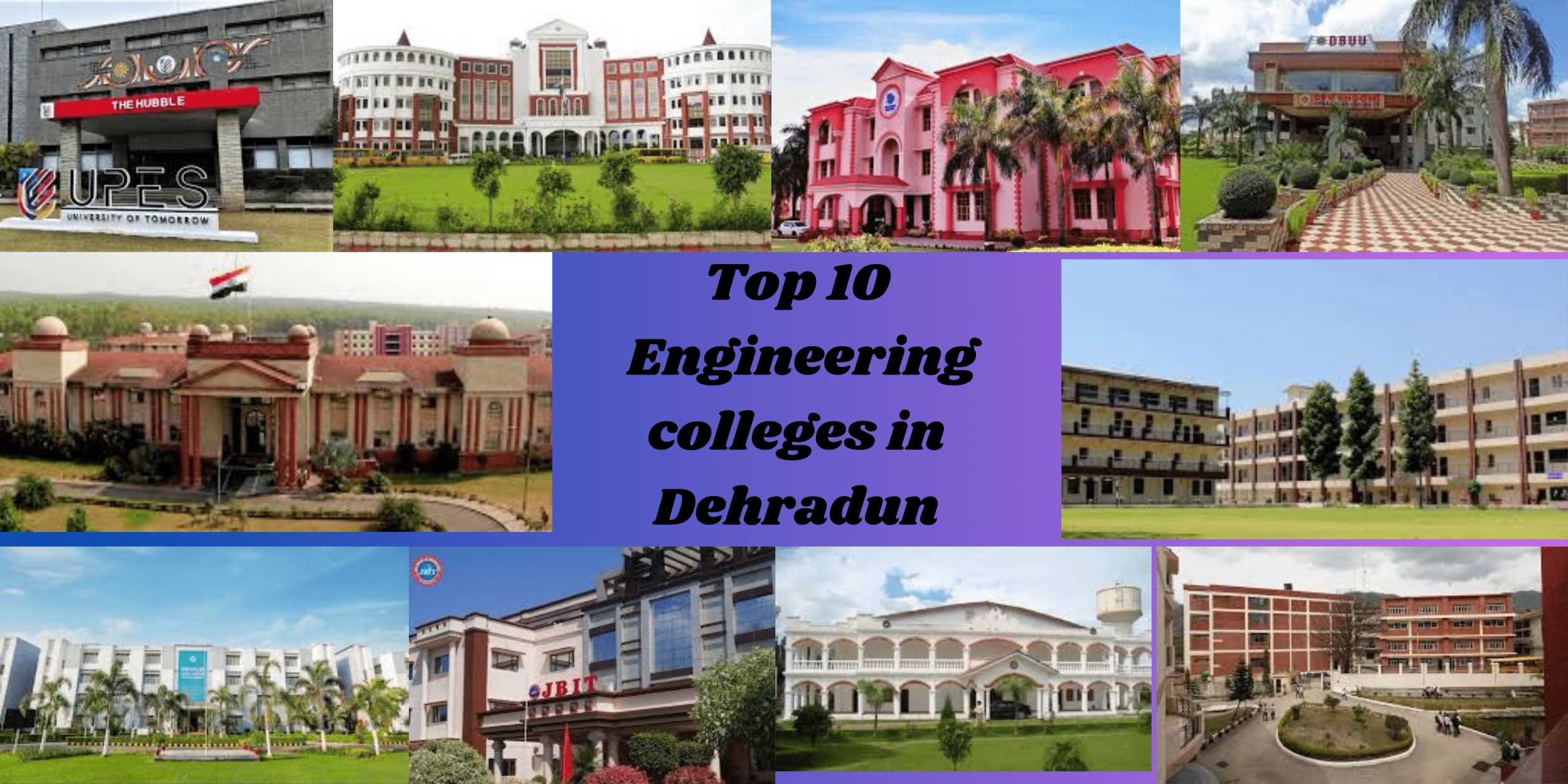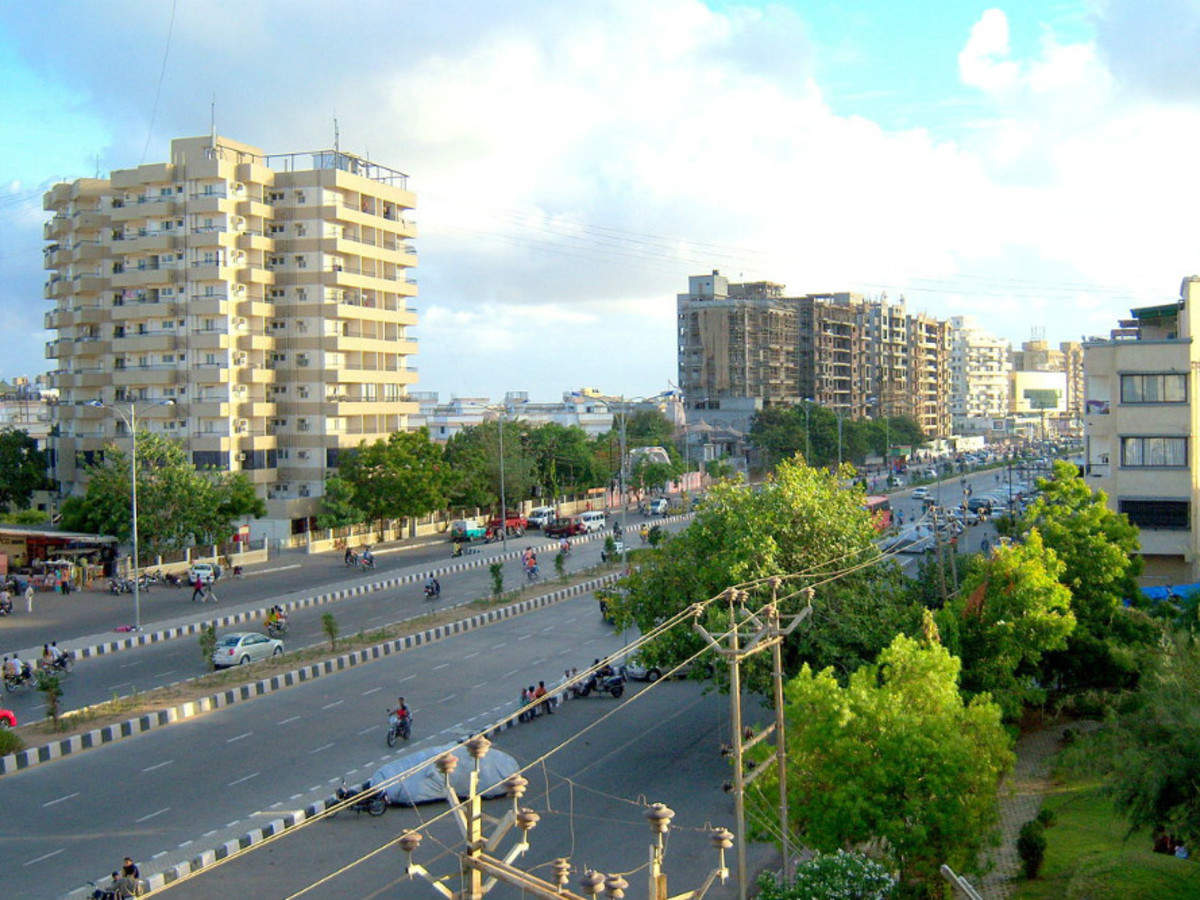Introduction
India’s Independence Day, In honor of India’s 1947 independence from British rule, the nation celebrates on August 15 every year. This day is marked by a national television broadcast in which the Indian Prime Minister hoists the national flag at Delhi’s Red Fort. Parades, flag-hoisting, and cultural events are held to honor the occasion. In addition, India’s division, which caused massive bloodshed and the eviction of millions of people, fell on Independence Day.
History
European traders, most notably the East India Company, had gained military control in India by the late 17th century. The Government of India Act of 1858 gave the British Crown direct authority following the Indian Rebellion of 1857. Gandhi led the nonviolent resistance movement that escalated the drive for self-rule, spearheaded by the Indian National Congress Party, which was founded in 1885. Political reforms and Congress triumphs occurred in the 1930s, but WWII, the emergence of Muslim nationalism, and the country’s ultimate 1947 independence—along with its bloody division into India and Pakistan—marked the 1940s.
Independence Day before Independence
The first to call for India’s “complete independence” was Hasrat Mohani. The Purna Swaraj proclamation, made during the 1929 Indian National Congress session, designated January 26 as Independence Day. Congress promoted civil disobedience as a means of achieving independence from 1930 until 1946. On this day, meetings included promises of independence and productive labor. When the Indian Constitution went into force on January 26, 1950, the day after India’s independence in 1947 was declared Republic Day.
Immediate background
In 1946, Britain believed it could no longer rule an increasingly restive India, worn down from World War II. Prime Minister Clement Attlee declared on February 20, 1947, that by June 1948, Britain would allow complete self-governance. To prevent the interim government from collapsing, the date was rescheduled to August 15, 1947, by the newly appointed Viceroy, Lord Mountbatten. After that, the Indian Independence Act 1947 formally divided British India into India and Pakistan, with the announcement made by the British government on August 15, 1947.
Partition and independence
Millions of refugees crossed the newly established borders in the months around independence, sparking extensive violence. Severe carnage occurred in Punjab during the time Mahatma Gandhi was trying to defuse tensions in Bengal and Bihar. In the violence, between 250,000 and 1,000,000 people perished. Pakistan was founded on August 14, 1947, and Muhammad Ali Jinnah served as the country’s first governor general. Jawaharlal Nehru gave his “Tryst with Destiny” address at midnight on the next day, when the Constituent Assembly of India convened, officially announcing India’s independence. Gandhi observed the day in Calcutta with a 24-hour fast in support of peace, while the rest of the country celebrated.
Celebration
August 15 is designated as Independence Day, one of the three national holidays of India. The Prime Minister hoists the flag at the Red Fort in Delhi on the morning after the President gives an “Address to the Nation” on the eve. Parades, cultural events, and speeches follow. In their capital cities, state chief ministers have been hoisting the flag since 1974. Flag-hoisting, cultural events, kite flying, building decoration, and citizen displays of the national flag are all part of the celebrations. Globally, the Indian diaspora organizes parades. Owing to a historical map error, the day is marked on August 17 in some areas of Nadia, West Bengal.
Black day
Kashmiris have marked India’s Independence Day as a “black day” since the late 1980s. They plan civic curfews, mass strikes, and the ceremonial burning of the Indian flag. Shops are closed, traffic is restricted, and black flags are flown in protest of India’s alleged sovereignty over Kashmir and rejection of the region’s right to self-determination.
Security threats
The Naga National Council demanded a boycott of Northeast India’s Independence Day three years after the country gained its independence. By the 1980s, festivities had been ruined by terrorist assaults and separatist demonstrations by organizations like the National Democratic Front of Bodoland and the United Liberation Front of Assam. Similar boycotts and violent attacks by groups like Lashkar-e-Taiba and Hizbul Mujahideen also took place in Jammu and Kashmir. On Independence Day, security is heightened to combat any terrorist threats. Additional police personnel and no-fly zones have been put in place around the Red Fort. Until Narendra Modi stopped the practice in 2014, prime ministers conducted remarks behind bulletproof glass, but security is still tight.
In popular culture
Regional patriotic music and movies are aired on TV and radio on Independence Day and Republic Day, although the quantity of patriotic movies has decreased as a result of viewer saturation. Generation Y frequently combines pop culture and nationalism, as evidenced by their tricolor-themed attire and cuisine. Shops run sales, while commemorative stamps are released by the Indian Post Office. The independence and partition eras are captured in literary and artistic works such as Salman Rushdie’s Midnight’s Children and Collins and Lapierre’s Freedom at Midnight. Since 2003, Google has honored India’s Independence Day with a unique doodle.
